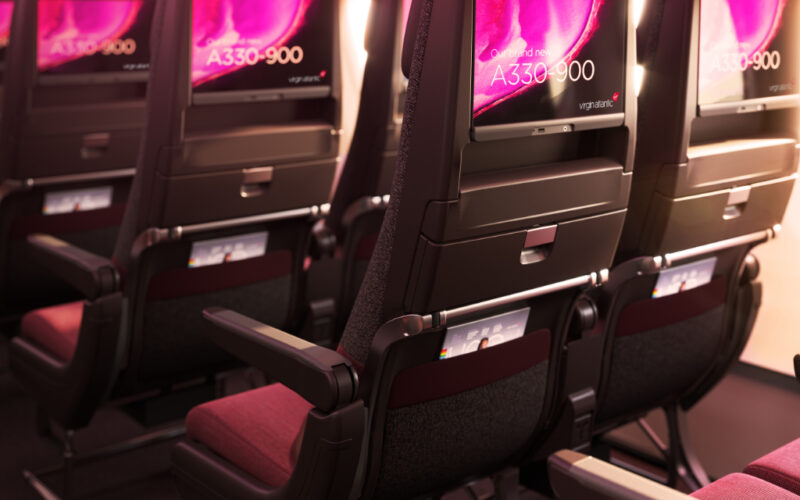If you’re traveling in the economy class cabin on a commercial flight today, you may be sitting there wishing you were a little further forward in the plane, taking advantage of the nicer things in life at the ‘pointy end’ in first or business class.
But there can be no doubt that the economy class airline experience has changed a great deal over the years. Yet further enhancements coming down the track will ensure that, even in the rear of the plane, economy class passengers have an experience to remember. Throughout 2024, airlines will be battling it out to win the custom and the loyalty of passengers who are confined to traveling in the ‘cheap seats’.
Passenger air travel has come a long way
Air travel has certainly come a long way since Orville and Wilbur Wright took to the air 120 years ago. Indeed, if they could witness the world in which we all now live, the two brothers from Dayton, Ohio would simply not believe the luxuries that are bestowed on modern-day air travelers who cruise through the air in what are effectively (very) glorified Wright Flyers.
In practice, though, the onboard airline passenger experience has always been something of a lottery. One might encounter fabulous service and fine cuisine in a comfortable seat on one carrier, only for the next experience to be far less good. Equally, one airline’s onboard offering might blow you away, but another might leave you feeling disappointed and promising yourself to never use that carrier again.
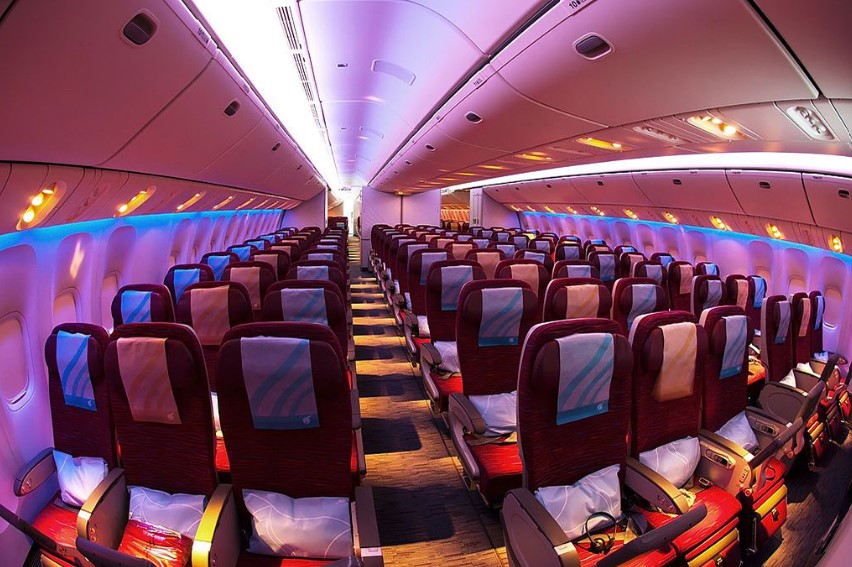
Throughout aviation history, the passenger experience has evolved enormously. During what many still refer to as the ‘golden age’ of air travel, passengers were treated like kings and queens as they traversed oceans and continents.
The highest of high-quality cuisine would be served on bone china and crisp white linen, washed down with as much of the finest champagne as travelers could quaff. Yet, back in the day, this service was available to everyone onboard, before the structured cabin class system we recognize today was introduced to spoil all the fun.
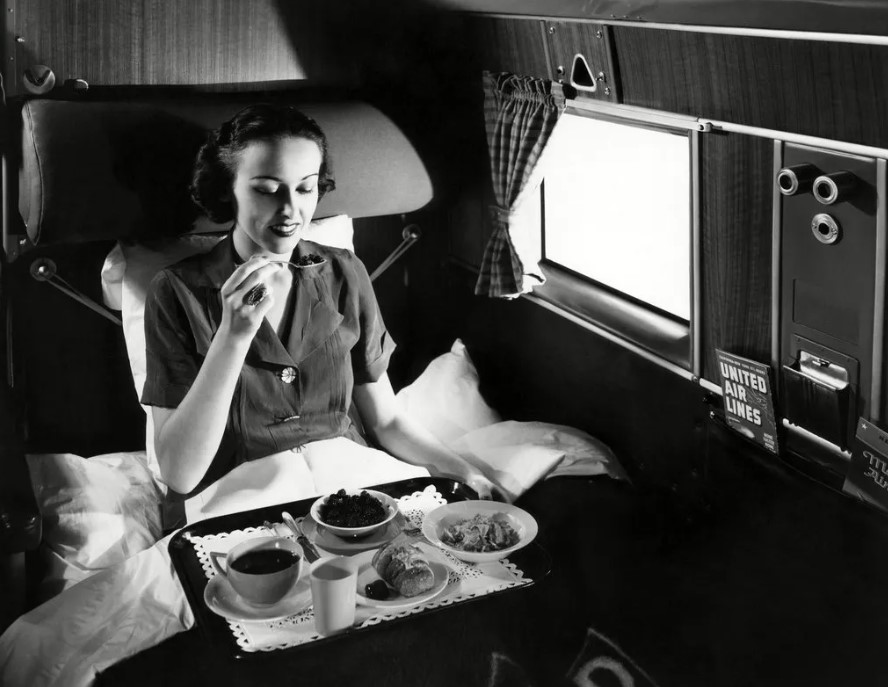
But things are changing. Although the kinds of onboard service mentioned above are still handed out in the first and business class cabins of many airlines worldwide, those further down the aircraft – the ones who turn right as they board rather than left – are enjoying an era where airline companies are locked in a race to offer their economy class passengers a little more, if not a great deal more, to win their custom.
So, as we head into 2024, let’s take a deep dive into what the upcoming trends will be for economy class passengers and the innovations that are to be introduced which airlines hope will make traveling in economy an experience worth savoring, rather than one to endure.
The modern conveniences of economy class travel
Even today, there are innovations in economy that would have been unfathomable in the 1970s and 80s. In those days, when one purchased an economy airline ticket, you simply wanted to get from A to B as quickly and safely as possible.
If you were very lucky, you got to rent earphones from the cabin crew and could try to watch the single in-flight movie projected onto a small screen mounted on a bulkhead thirty rows ahead of you. Disembarking in one piece at the end of the journey was what most people hoped for from their travel ‘experience’.
Consider then, if you will, the contrast with how economy class passengers travel nowadays. Seats with additional lumbar support, footrests, and headrests with folding-out wings (to support your head as it rolls around during the hours in which you try to grab some restless sleep) have all become commonplace in economy class cabins.
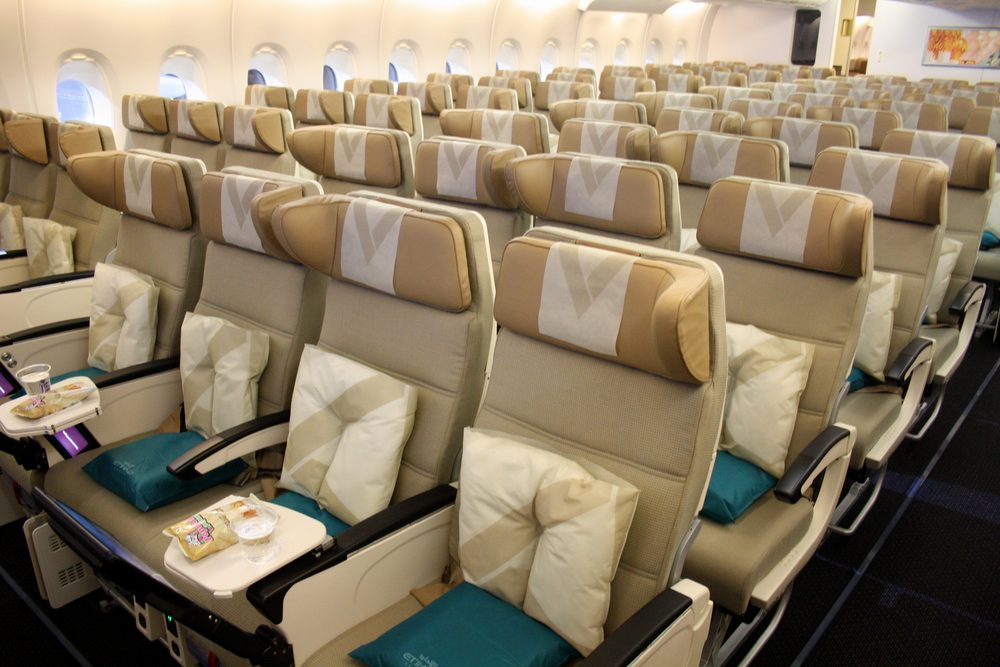
In fact, though, things have moved on even further than that, with added extras fast becoming the norm, setting the standard for what economy class passengers can expect from their experience.
Individual seatback screens with a wide range of in-flight entertainment options quickly became commonplace after Virgin Atlantic introduced them to economy class passengers in the early 1990s. Meanwhile, as technology has continued its relentless rush onward, USB charging sockets have been established as standard equipment, as have seatback tablets and phone holders.
On modern commercial aircraft, mood cabin lighting and the hugely popular sky cameras, affording unique external views of your plane as it flies along, have become increasingly more common. Equally, the dimmable window blinds on Boeing 787 Dreamliners are the kind of technology that those contemplating the cabin experience for economy passengers could only have dreamt of years ago.
Those traveling in economy class cabins, even on short-haul narrowbody commercial airliners, are seeing something of a revolution in the overall travel experience.
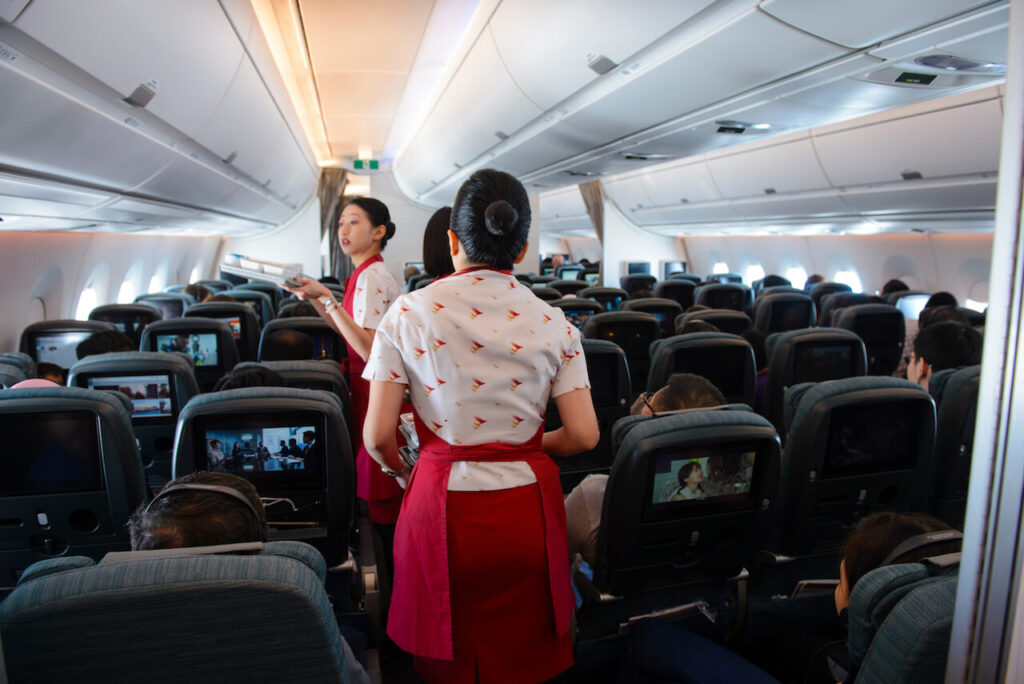
Although not quite as luxurious as the service offered onboard the Empire flying boats and Pan American clippers of yesteryear, traveling economy class today is a far cry from what it was in the past. And with more innovations and technological advancements already on the drawing board, one can only imagine the experience of economy passengers in the future.
That said, many of these developments are already here, being rolled out by trailblazer airlines that are setting the standard for others to follow in the years to come.
So, let’s take a closer look at some of these advancements and gauge whether they will at least catch on, or at best become industry-standard, just as other innovations have done in the past.
The future is already here today
We don’t need to look far into the future to see what the upcoming trends in economy class air travel are likely to be and what will happen going forward. Many of the latest innovations are already onboard a few select aircraft plowing the world’s air lanes. And, as the industry has seen many times before, what counts as innovation today becomes the industry standard of tomorrow.
From Michelin-starred onboard dining choices to passenger wellbeing zones, passengers flying in economy cabins across the globe are getting an upgrade.
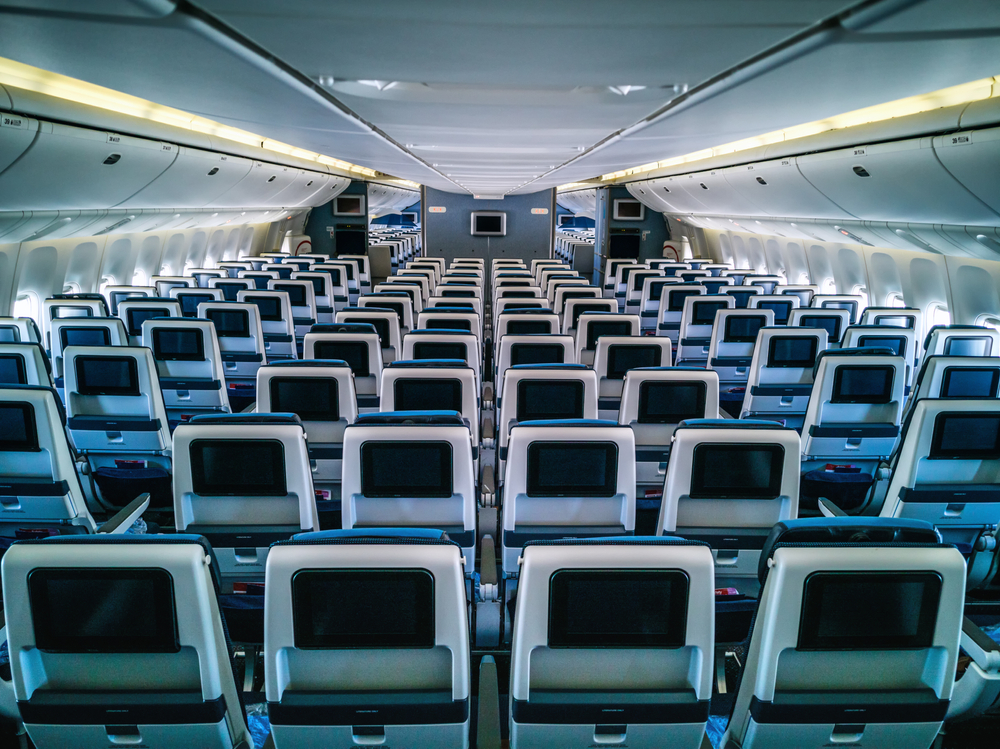
In the years leading up to the COVID-19 crisis, airlines were slashing their economy products as their attention focused on their premium-class offerings. However, since the end of the pandemic and the resultant boom in demand for travel (across all classes of service), carriers have become locked in a race to fill their economy cabins. To this end, savvy airlines have now realized that they need to offer more – something extra that will earn customer loyalty and thus keep passengers coming back for more.
In 2023, many airlines saw traffic figures exceed pre-pandemic levels, and according to research data published by aviation data provider Cirium, economy passengers are expecting more from their inflight experience.
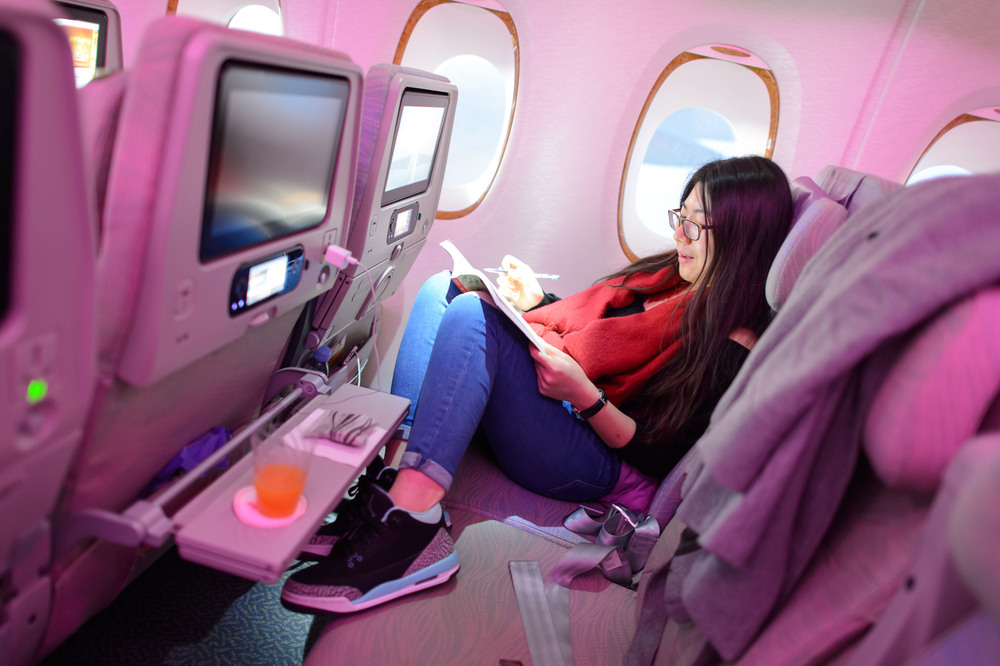
Additionally, with the global spread of ultra-long-haul routes meaning passengers are often spending more than 15 hours in the air, airlines are striving to make flying economy a more appealing prospect.
From cabins offering better sleeping conditions at 35,000 feet to enhanced in-flight entertainment, to new menus with nourishing vegan and vegetarian options, such innovations promise to change the nature of flying economy class for the better.
Air New Zealand – Skycouch and Skynest
In recent years, Auckland-based Air New Zealand has been something of a pioneer when it comes to economic class innovations. First up was Skycouch, introduced in 2011, which gave customers on its long trans-Pacific routes further options for sleeping and onboard comfort.
It consists of a row of economy seats that can be converted into a couch after take-off. Passengers can use the Skycouch however they want for the duration of their flight. Sitting, spreading out, or lying down, the space allows passengers to share the Skycouch with others or keep it all to themselves.
Skycouch seats are the same as standard Air New Zealand economy seats, except for the fact that the customer has a special footrest on each seat. They can lift the footrest halfway up to make a more comfortable seating position, or all the way up to create a large couch space.
The advantage of Skycouch is that it is a private space in the economy cabin on the carriers’ Boeing 777-300ERs and 787-9 Dreamliners. The customer does not find themselves sharing their Skycouch with a stranger, as they get the entire section of seats to themselves for the entire flight.
The Skycouch can be booked by a single passenger requiring some additional personal space or a young family wanting maximum comfort at minimal cost, to be shared by a maximum of three people.
Other airlines such as All Nippon have since deployed the Skycouch concept and Lufthansa is looking to introduce it in its new ‘Allegris’ cabins by 2025.
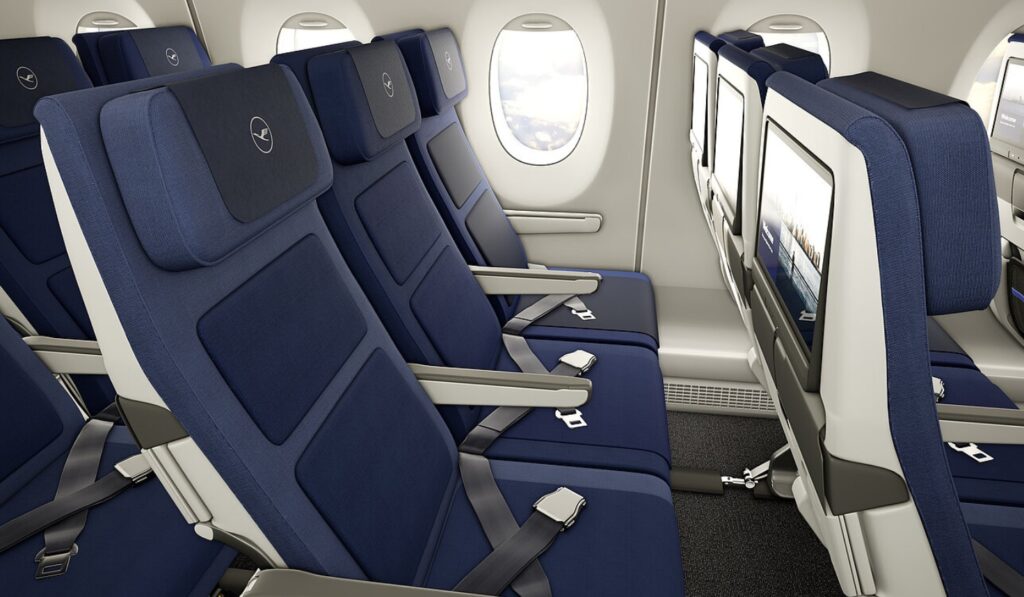
The Skycouch is already in service, but coming from Air New Zealand in September 2024 is the revolutionary Skynest, which will offer passengers traveling in economy the chance to get some sleep in a proper lie-flat bed.
Two rows of three stacked bunks will be situated in the middle section of a select few Air New Zealand Dreamliners, flying the Auckland to New York and Auckland to Chicago routes.
Each passenger will be able to buy a four-hour sleep slot for around £200-£300 ($254-$381) on top of their economy fare.
Passengers purchasing the Skynest option will be able to climb into a subtly mood-lit bed pod before pulling the privacy screen across. The soft lighting changes with cabin conditions and passengers can plug in their devices to a USB port, get under the covers, and get some rest.
Wellbeing zones for ultra-long-haul
Australian national carrier Qantas is in the process of finalizing plans for its ultra-long-haul direct flights from Sydney to London-Heathrow and New York JFK, set to start sometime during 2025.
Spending around 22 hours within a flying metal tube may not be a prospect that everyone would relish, so the airline has created some innovative ideas to maintain the wellbeing of passengers throughout their journey.
These new Project Sunrise flights, as they are known by the airline, come in tandem with a new fleet of Airbus A350-1000s. Entry into the service of this fleet will allow the airline to rethink passenger comfort, especially in the economy cabin. Besides installing fewer seats for more space, the galley area between Economy and Premium Economy will be reconfigured to feature a ‘Wellbeing Zone’.
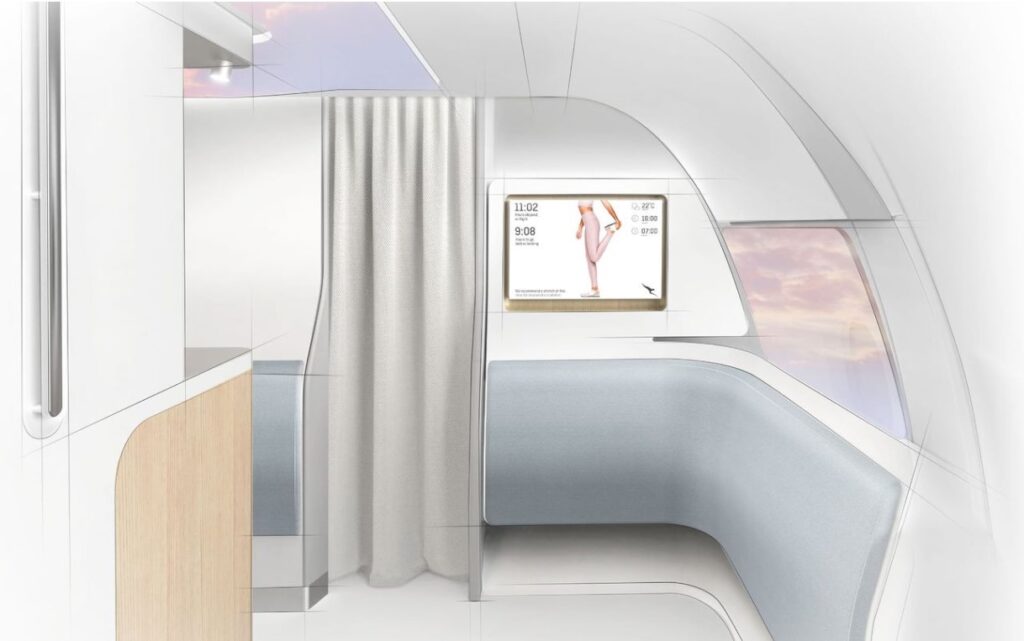
As well as a refrigerator where both economy and premium economy passengers can help themselves to water bottles, juice, and healthy snacks, the space by the emergency exit will have a dedicated space for stretching out, with plane-friendly stretches shown on a touchscreen TV and padded walls to lean on for support.
“We spent just as much time on the second half of the aircraft as we did the front; we started studies on the Wellbeing Zone before any other area of the A350,” said former Qantas chief executive Alan Joyce, speaking at the Project Sunrise launch event in 2022.
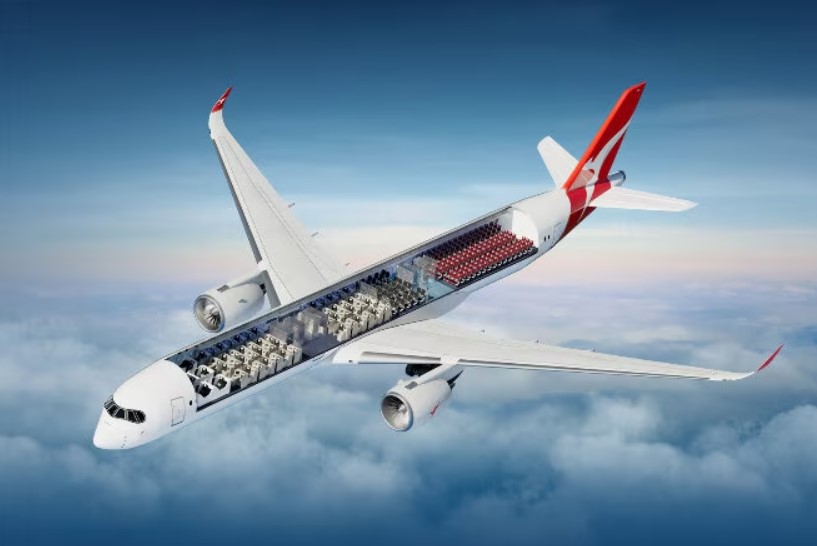
With Project Sunrise flights kicking in at the end of 2025, innovative features like this could certainly make spending 22 hours in the air much more comfortable, even for those sitting towards the back of the airline’s A350.
Menu upgrades
While the pandemic drove several airlines into survival mode, many are starting to splash out on making their economy meal service more nutritious and delicious. For certain carriers, in-flight meal options created by top chefs are back on the menu and are now being rolled out to economy class passengers.
From 2024, economy class passengers on Taiwanese carrier China Airlines will be able to choose their in-flight dining preferences from a menu curated by Le Palais, a three-Michelin-starred restaurant. Meanwhile, on Eva Air, another Taiwanese carrier, economy passengers can opt to sample the delectable delights of the carrier’s business class menu for a small additional fee.
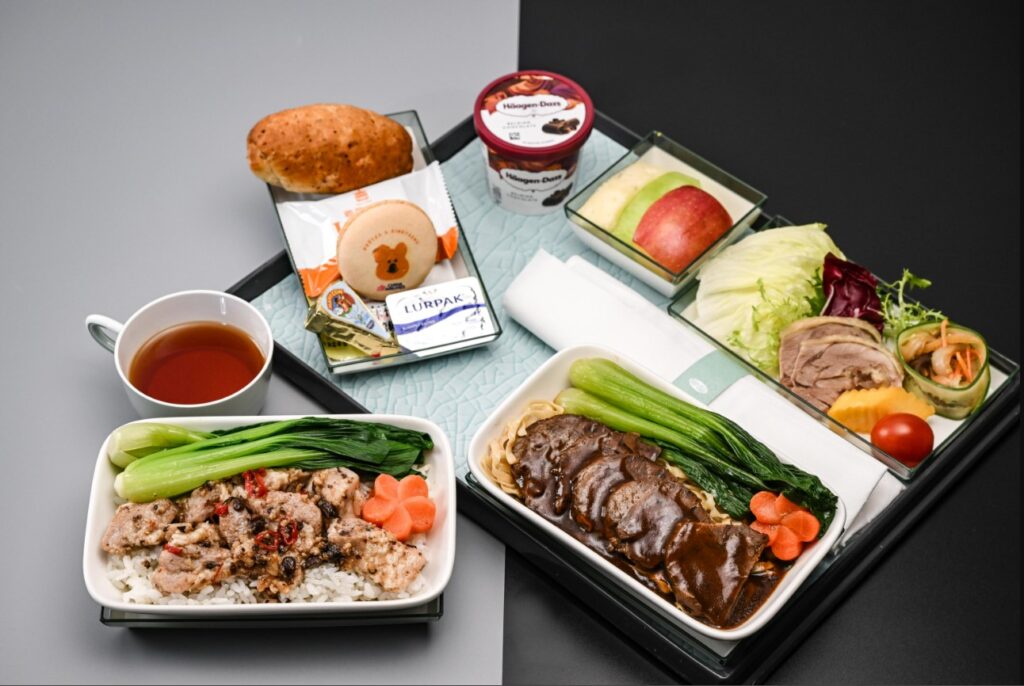
Not only are passenger menus changing for the better. Plant-based options on many airlines are being improved, too.
In August 2023, Cathay Pacific unveiled a plant-based menu by renowned Hong Kong restaurant Veda, featuring both Indian and Chinese delicacies. As an added improvement to the overall experience, passengers will no longer need to pre-order a vegan or vegetarian meal before their flight. An increasing industry focus on wellness and sustainability means putting planet-friendly options front and center on many menus, even in economy.

And it’s not only in the air where airlines are heading further down a green culinary route. In 2022, Emirates opened the world’s largest hydroponic farm, aiming to produce one million kilograms of leafy greens per year for use in in-flight salads across all cabin classes.
Free Wi-Fi coming to an economy cabin near you soon
There is no denying that customers crave free Wi-Fi. A passenger survey published in 2023 by satellite provider Inm arsat revealed that 77% of passengers polled felt that inflight Wi-Fi was important to them – up from 51% in 2018.
This can be compared to other areas of the travel and hospitality industry, for instance, hotels, where pioneering hotel chains eradicated additional charges for Wi-Fi connectivity, only for other chains to see customers drifting away until they followed suit. Eventually, the rest caught up, and order was restored. Nowadays it is unusual to stay in a hotel that still imposes charges for Wi-Fi usage.
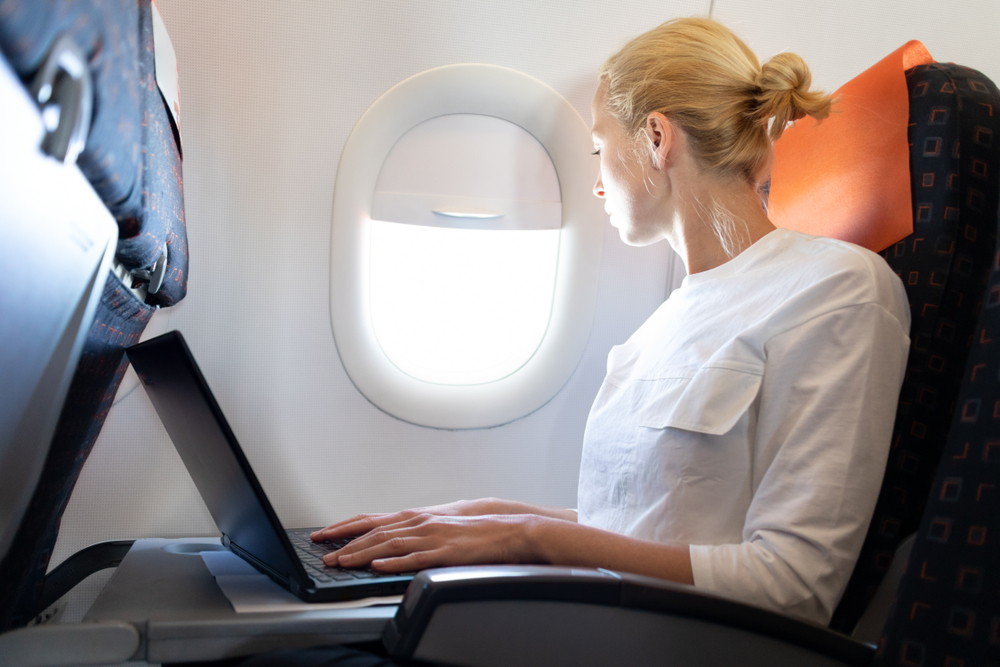
The same pattern is highly likely to follow in the airline industry, the shift only limited by how old an airline’s fleet is and whether it can be retrofitted with the equipment required for onboard Wi-Fi to be enabled.
Previously the preserve of the premium classes of travel, complimentary Wi-Fi is fast becoming a standard offering rolled out to all passengers across the cabins. North American airlines are leading the charge in this regard, with JetBlue having offered free Wi-Fi to all passengers since 2013. In 2023, Delta announced plans to roll out free, unlimited Wi-Fi on all international flights by the end of 2024.

Other airlines have made moves towards offering free Wi-Fi too, amongst them Malaysia Airlines and Singapore Airlines, the latter of which began introducing the service to economy passengers in July 2023.
With increasing numbers of carriers such as Qatar Airways, airBaltic, Zipair, and others all set to provide free Wi-Fi to passengers in all cabins through high-speed satellite service Starlink, the days of flying offline are surely numbered. As with hotels, in the airline industry, it will be very much a case of either offering free Wi-Fi onboard to passengers or risking being left behind by the competition over the next couple of years.
Innovations in sustainability
In the run-up to 2050, airlines across the world are joining the race to achieve IATA’s goal of making the aviation industry reach net zero. While this does not necessarily make one’s economy class flight more enjoyable from an in-flight experience perspective, knowing that your airline is doing its bit to save the planet might just make your journey a little more comfortable.
In September 2023, easyJet announced it was teaming up with Airbus and Rolls-Royce to investigate hydrogen as a zero-carbon fuel source, while in October, Ryanair purchased 500 metric tonnes of sustainable aviation fuel (SAF) – enough to power 100 Dublin to Vienna flights. In November 2023, Virgin Atlantic paved the way by operating the world’s first transatlantic flight using 100% SAF by a commercial airliner.
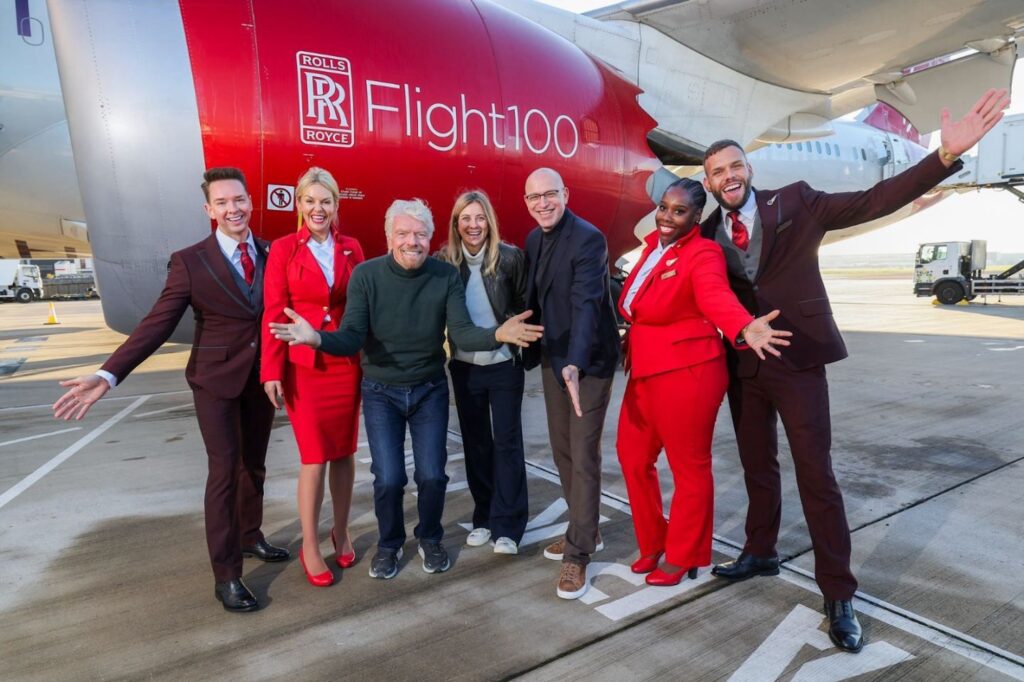
Airlines everywhere seem to be purchasing as much SAF as they can lay their hands on in a bid to reduce emissions and lower their carbon footprint. While demand for kerosene alternatives will outstrip supply for some time to come, it is reassuring that airlines are at least trying to do their bit to save the planet.
That knowledge may just help you sleep a little sounder as you try to grab forty winks in seat 65K at the very back of the plane.
Enjoy your flight and sleep tight!
Across all areas of the economy flight experience, airlines are doing what they can as fast as they can to win your business and keep you loyal to them.
From the smallest service enhancements to the biggest, the landscape of economy class travel is changing and evolving rapidly. Where once the economic experience might have been referred to as ‘cattle class’, it is now fast becoming the ‘bees knees’ way to travel.

